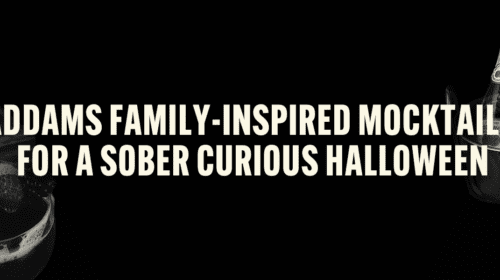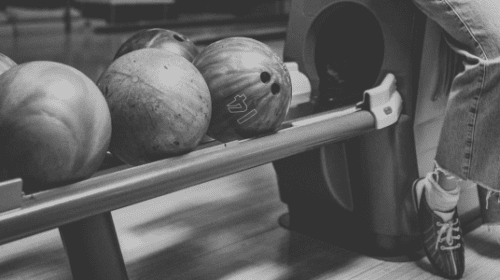Fentanyl testing strips are an increasingly important asset in the fight against fatal drug overdose. They’re testing kits that can detect the presence of fentanyl in street drugs, like heroin, cocaine, and methamphetamine. Fentanyl testing strips are one component of an increasingly popular harm reduction strategy that tries to limit or prevent overdose fatalities by making drug use as safe as possible until users can access treatment. Like other elements of harm reduction, a strategy that has been wholly embraced by the Biden-Harris Administration, fentanyl test strips are controversial, but they do save lives.
Why Are Fentanyl Test Strips Important?
In a time when fentanyl is being cut into more and more street drugs, including heroin, cocaine, meth, and others, the stakes have never been higher for unwitting users. Fentanyl is 50 to 100 times more potent than morphine, with even a very small amount potentially leading to fatal overdose.
The United States saw a record 100,000 overdoses in 2020, and fentanyl was a leading driver of this spike. The drug is cheap is and incredibly deadly. Data from the United States Drug Enforcement Administration (DEA) indicates:
- Two milligrams of fentanyl can be lethal.
- Forty-two percent of pills tested for fentanyl contained at least 2 mg of fentanyl, considered a potentially lethal dose.
- One kilogram of fentanyl has the potential to kill 500,000 people.
- Overdose deaths involving synthetic opioids (primarily illicitly manufactured fentanyl) rose 55.6 percent between 2020 and 2021 and appear to be the primary driver of the increase in total drug overdose deaths.
With counterfeit and crudely produced fentanyl making its way into more and more illicit drugs in foreign and domestic pipelines, the need for prompt and proactive detection of deadly fentanyl in street drugs has never been more urgent.
How Do Fentanyl Test Strips Work?
Fentanyl test strips can be found online, and in-store at most retail pharmacies and can vary in price, depending on brand and amount. Single strips can range from around $1.00 to $5.00, and multi-use kits can range between $30-$50. Here’s how to use a fentanyl testing strip:
You will need:
- One small “shot” glass half full of water if you’re testing opioids. If you’re testing stimulants like meth or cocaine, use a full shot glass. Any small container will do.
- Your fentanyl test strip along with a small amount of your drug in powder form (about the size of a grain of rice. If you want to test something that isn’t a powder, crush it first.)
To Test:
- Hold the solid blue end of the test strip and dip the other end in the water.
- Hold the strip in the water for about 10 seconds. When the water is absorbed into the white part of the strip, it’s ready.
- Take the strip out of the water and wait sixty (60) seconds.
- Use a bright light to look at the strip and count how many red lines there are.
One red line means there is fentanyl present in the drug, and two red lines mean there is no fentanyl. Make sure you check the strip within ten minutes of doing the test. Throw the strip away when you are done.
No Illicit Drug Is “Safe”
While certain drugs may be safe for fentanyl, no drug is completely safe. Just because things are getting worse and more immediately deadly in the world of illicit drug use doesn’t mean that previous levels of use are any safer than they were before. While you can take steps to reduce your risk of fatal overdose, it impacts your health and quality of life every time you use it. It’s important to pursue reduction and abstinence ASAP to avoid fatality by overdose and other means.
Harm reduction is not “harm elimination”. It is only meant to be a stop on the way to treatment. Recovery Unplugged has guided thousands of patients who started with these strategies and got help getting and staying clean. We offer multiple levels of care, including medically supervised detox and behavioral rehab from renowned mental health experts. We’re in-network with most major insurance providers and offer LGBTQ+-affirming care. When you or your loved one are ready to pursue treatment and get help, we’re ready to give it. Contact us now.

























